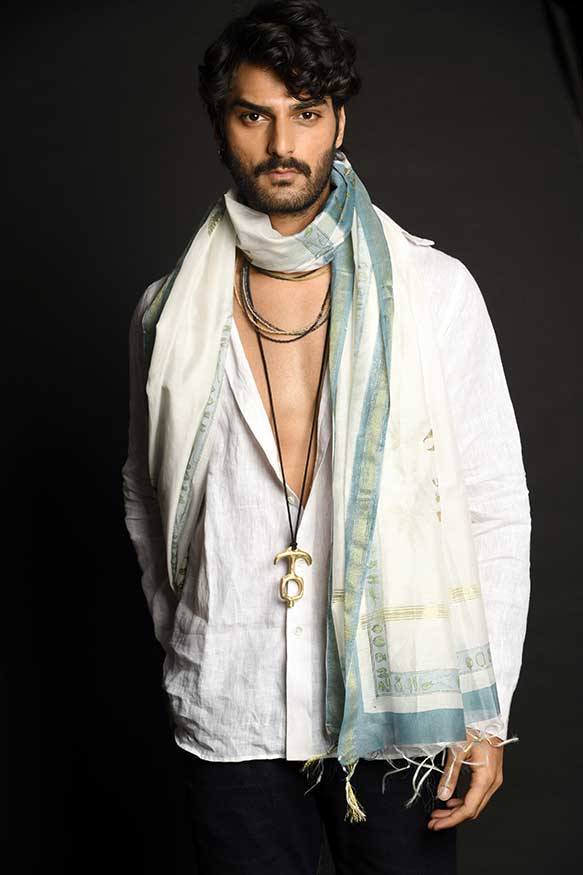
How many people does it take to create your block print? For the real number, you have to understand India's rich textile culture and the integrated craft communities who create these distinctive hand prints.
These distinctive cultural norms underpin the extension of India’s 4000 year old textile tradition into the present with legacy skills and innovative combinations.
We use cookies on our website to give you the best shopping experience. Is that OK with you?

Sign-up for news, offers and introductions of re-imagined handmade products